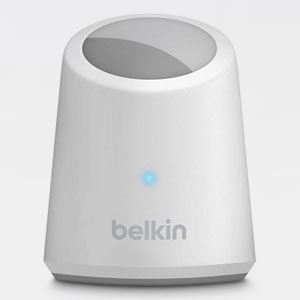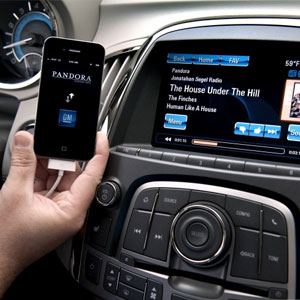The 4th Industrial RevolutionWe are standing on the edge of a technological revolution. The pace that technology is advancing is unprecedented, and the acceleration of innovation is hard to predict and understand before it’s moved on again. This has been reflected in conversations product designers have been having around the world. Even the most connected and well informed people are wondering — exactly how is the 4th industrial revolution impacting our businesses? Enhancing our productsOne of the biggest effects of this revolution is on product enhancement. While the hallmark of the 3rd industrial revolution was digitisation, the 4th marks a movement towards connected systems and integration. This level of connectivity is what is pushing the entire revolution. Especially through smartphones, people have become a network in and of themselves. This new landscape pushes us to make our products work together – with people and their devices. All technologies can now become part of a network – from cars, phones and computers, to more mundane things, like watches, musical instruments, and lighting. This connectivity brings so many unprecedented opportunities for technology, but also bring with them new expectations. Shaping our expectationsConsumers now have a level of expectation for interconnectivity in products. If they buy a car, they expect it to work with their phone. If they want service, they want it now. This revolution is allowing massive improvements to quality, speed and price, but this sets higher expectations. There is now a dichotomy of providing convenience v.s. customer experience — if you are not the most convenient option, you need to provide a unique customer experience. Über is more convenient than taxi services, and provides a similar experience, so taxis are facing a huge loss of market share. Products like Belkin’s WeMo, automated and remote controlled power outlets, could affect the market in similar ways. When technology like this become ubiquitous, we will see more brands and products that refuse to innovate falling to the wayside. Pushing for innovationThis combining of ideas and technologies, which disrupts the traditional platform of communication and transaction between businesses and consumers, is called collaborative innovation. It’s marked by a lower focus on hierarchy, increased transparency, and the sharing of information. This almost post-modern approach to designing and operating a product, service or business grants us opportunities to go hard on convenience (such as Über) or unique experience (such as services like AirBNB, which uses its network of independent hosts to create unique experiences driven by the consumer and the service). This is just the foundation of how things are changing. Through these foundations, though, we can see how the exponential growth of technologies is pushing in similar directions. As it always has been, our job as designers is to observe the environment we are in, question our assumptions about how technology is or should be, and continually innovate to push that environment in positive and desirable directions. We have to look ahead and use this information to envision how our products, services and businesses can advance into this new revolution, and become a part of the network which is now shaping our world. We want to work with your future driven business. Give our Melbourne team a call on (03) 9413 9000 or email Mark at This email address is being protected from spambots. You need JavaScript enabled to view it..
Don't miss out. Sign up for our newsletter now!
|
 The Belkin WeMo Motion Sensor can turn devices on and off by detecting people entering or leaving a room. Connectivity in today's world is critical to product success as it is now expected by consumers. |
+61 3 9413 9000



